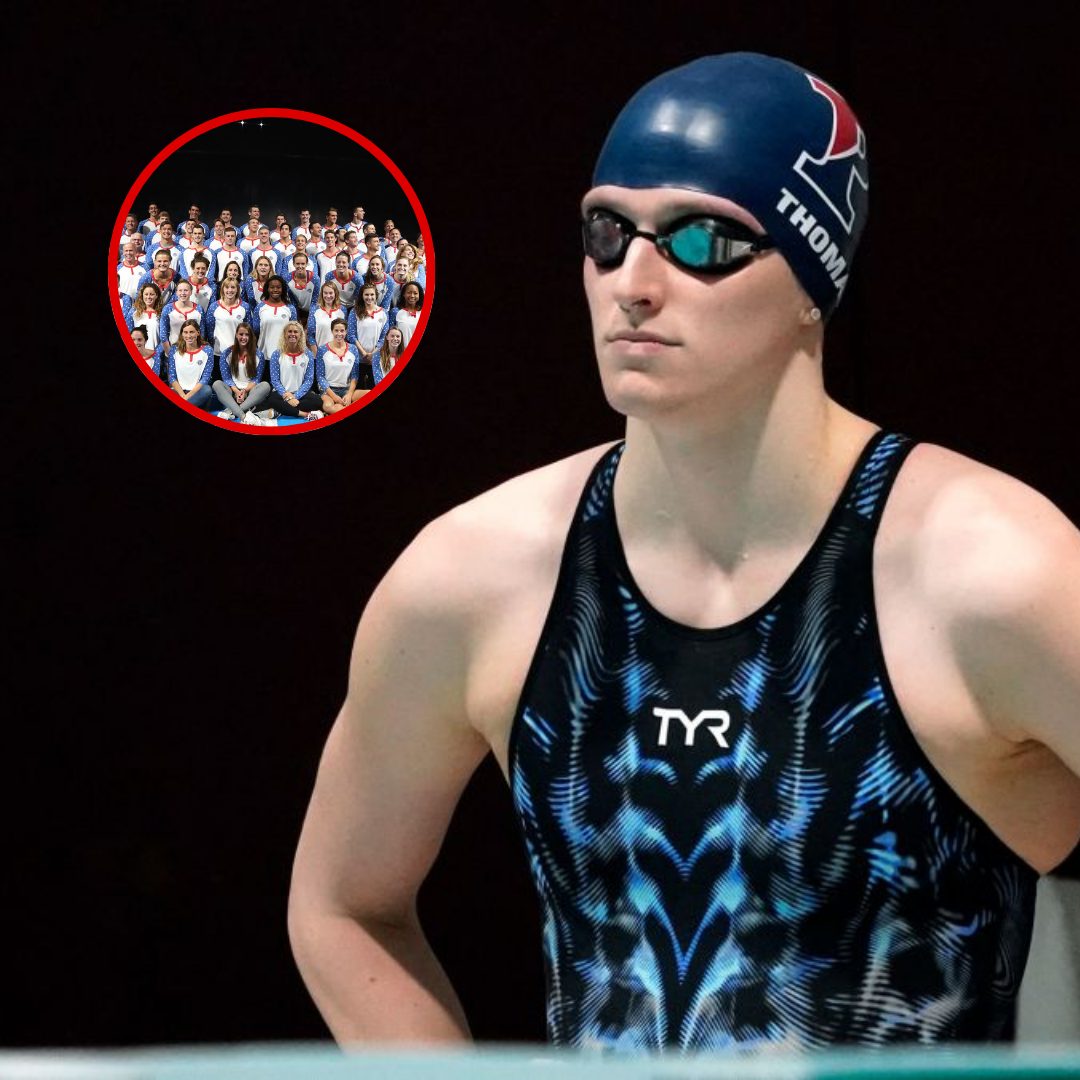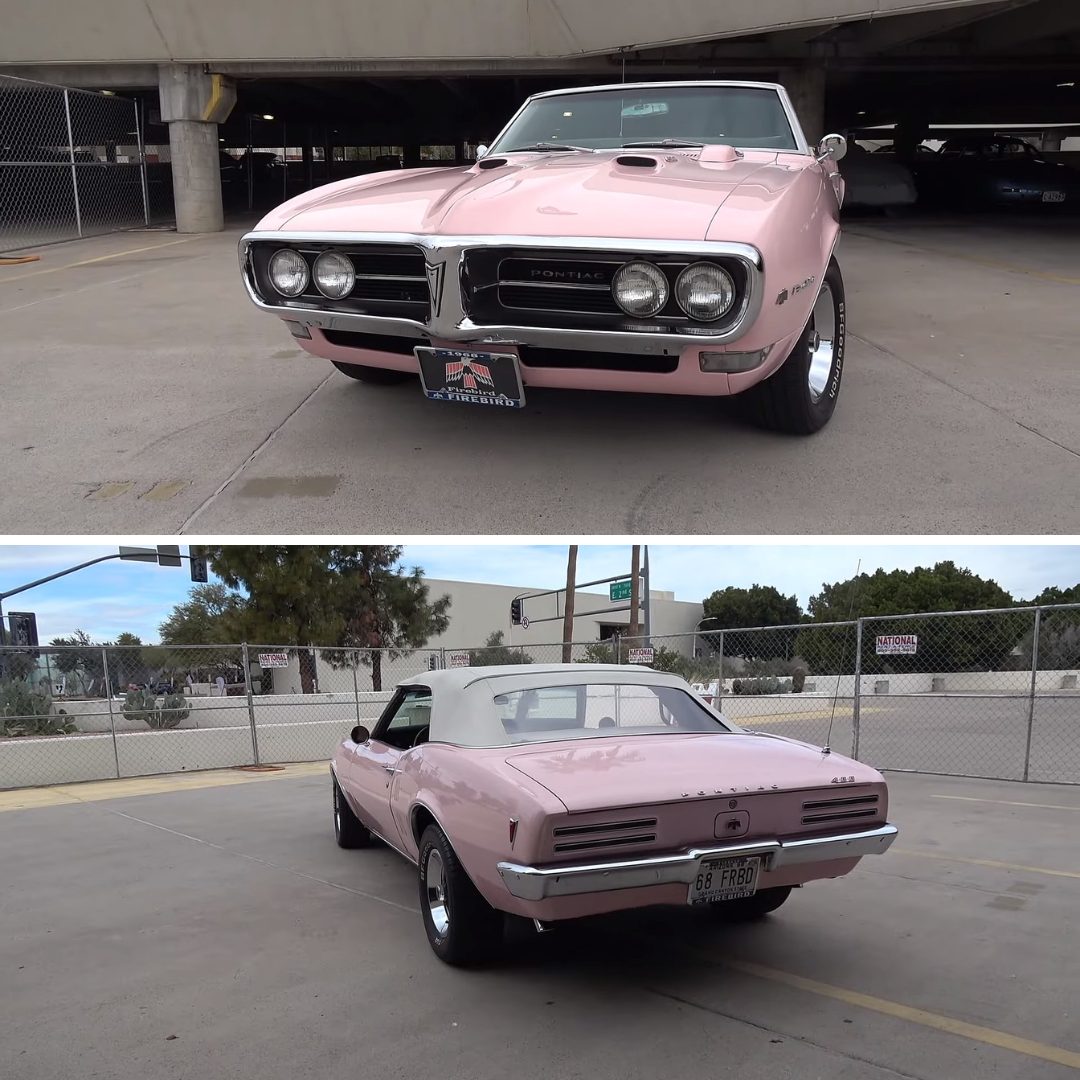Many people managed to survive World War II by avoiding becoming infantrymen, but in reality there were positions that were more dangerous.
American bombers in World War II were often equipped with spherical turrets under their belly, to deal with fighters approaching from below and behind. Spherical turret gunner is one of the most dangerous jobs in war, because the fighting compartment is located under the aircraft without armor protection and is often the target of concentrated destruction by the enemy.
The gunners also could not carry parachutes because of limited space. If a bomber is hit, they have to climb into the plane’s cabin to put on a parachute, a process that is more difficult and time-consuming than other members of the crew, especially in emergency situations.
Even when not threatened by the enemy, the gunners in the spherical turret are in danger because they are exposed to all surrounding weather conditions and their oxygen pipes can freeze due to the temperature. low, leading to lack of oxygen and suffocation.

Bomber crew members flying over enemy territory also face equally dangerous dangers. German anti-aircraft guns could fire on bomber formations with high accuracy, while interceptor fighters continuously attacked and shot down many aircraft.
The crew had few options when faced with danger. Limited first aid capabilities meant that seriously injured men were parachuted by their comrades and thrown from the aircraft in the hope that they would be treated by German soldiers when taken prisoner.
Transport ships were also one of the forces that suffered the most losses during World War II. This fleet is responsible for transporting all supplies and equipment from the US to the UK, Russia and the Pacific region, making them targets for attack by enemy submarines and surface ships, and at the same time making ships vulnerable to attacks . Cargo shipkeeping is also a high-risk job.
US media only reported two cargo ships being sunk each week, but the actual average was 33 ships a week. For every 26 cargo ship sailors, one person died in the war with a loss rate of 3.85%, higher than the 3.66% rate of the US marines.
Submarine crewing was also a dangerous job during World War II. Many torpedoes had the phenomenon of running around and rushing towards the submarine that had just fired, threatening the lives of everyone on board even though they did not encounter a response from the enemy.
The crew also had to deal with the risk of exhaust from diesel engines not being discharged and accumulating in the ship, as well as electric batteries igniting and creating toxic fumes. Both can suffocate the entire crew before they can react. Technical errors or mistakes of the crew during operation can also cause the ship to suddenly sink.
Every soldier knows it is necessary to attack communications equipment such as antennas and wired telephone lines on the battlefield, which makes communications soldiers always a priority target group. Radio antennas stand out on the battlefield, making them easy targets for snipers.
Meanwhile, wired communication wires have high security and cannot be eavesdropped. However, the soldiers spreading the wire always had to move very slowly and were often concentrated by the enemy to destroy them.





